Samsung Galaxy A26 5G Review: AI for the masses
We may earn a commission if you make a purchase from the links on this page.
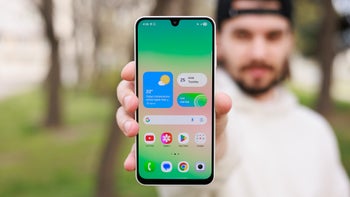
Samsung Galaxy A26 Intro
AI has been the big buzzword in the industry for the past couple of years, and companies are doing everything in their power to hop on that train. Apple invented Apple Intelligence, and now Samsung has come up with another clever use of that abbreviation—Awesome Intelligence.
This trimmed-down version of Galaxy AI can be found on the latest A-series phones, and the Galaxy A26 is one of them. It's hands-down the most affordable way to dip your toes in Samsung's AI algorithms, but the phone comes with other goodies onboard.
From the bright and vivid 6.7-inch AMOLED display that offers a fast 120Hz refresh rate to the slim design and the hefty 5,000 mAh battery, the Galaxy A26 is a great affordable midranger. And speaking of affordable, the base 6/128GB version starts at €299/$299. The phone is already available across Europe and hit US stores on March 28.
This trimmed-down version of Galaxy AI can be found on the latest A-series phones, and the Galaxy A26 is one of them. It's hands-down the most affordable way to dip your toes in Samsung's AI algorithms, but the phone comes with other goodies onboard.
Table of Contents:
Also read:
Samsung Galaxy A26 Specs
Is that a macro camera?
Let's start with an overview of the Galaxy A26 specs:
| Samsung Galaxy A26 | Samsung Galaxy A25 |
|---|---|
| Size and Weight 164 x 77.5 x 7.7 mm, 200 grams | Size and Weight 161 x 76.5 x 8.3 mm, 197 grams |
| Display 6.7 inches AMOLED 1080 x 2340 pixels 120Hz | Display 6.5 inches AMOLED 1080 x 2340 pixels 120Hz |
| Processor Exynos 1380 (5 nm) | Processor Exynos 1280 (5 nm) |
| Software Android 15 Up to 6 major Android upgrades One UI 7 | Software Android 14 Up to 4 major Android upgrades One UI 6.1 |
| Cameras 50MP main-wide 8MP ultrawide 2MP macro | Cameras 50MP main-wide 8MP ultrawide 2MP macro |
| Battery Size 5,000 mAh | Battery Size 5,000 mAh |
| Charging Speeds 25W wired No wireless | Charging Speeds 25W wired No wireless |
| Prices $299 for the 6/128GB model | Prices Price at launch - $299 for the 6/128GB version |
Samsung Galaxy A26 Design and Display
Bigger is better, right?
The Galaxy A26 kind of takes a step back in the design department. Instead of following the same design language as its predecessor, the A26 swaps the separate camera housings on the back for a pill-shaped camera bump.
Around the body, things have remained unchanged from the previous generation; the chin under the display has shrunk, and the overall bezel around the screen is thinner. Unlike its bigger brothers, the Galaxy A36 and Galaxy A56, the A26 uses a teardrop notch for the front camera.
The size of the Galaxy A26 has increased to accommodate the bigger screen (6.7 vs 6.5 on the previous generation), but the weight has remained roughly the same at 200 grams. One key difference is the glass back, which utilizes Corning's Gorilla Glass Victus+, and the same protection can also be found on the front.
There's also IP67 dust and water protection onboard, so in terms of materials and protection from the elements, Samsung has upped its game a notch with the A26, compared to its predecessor.
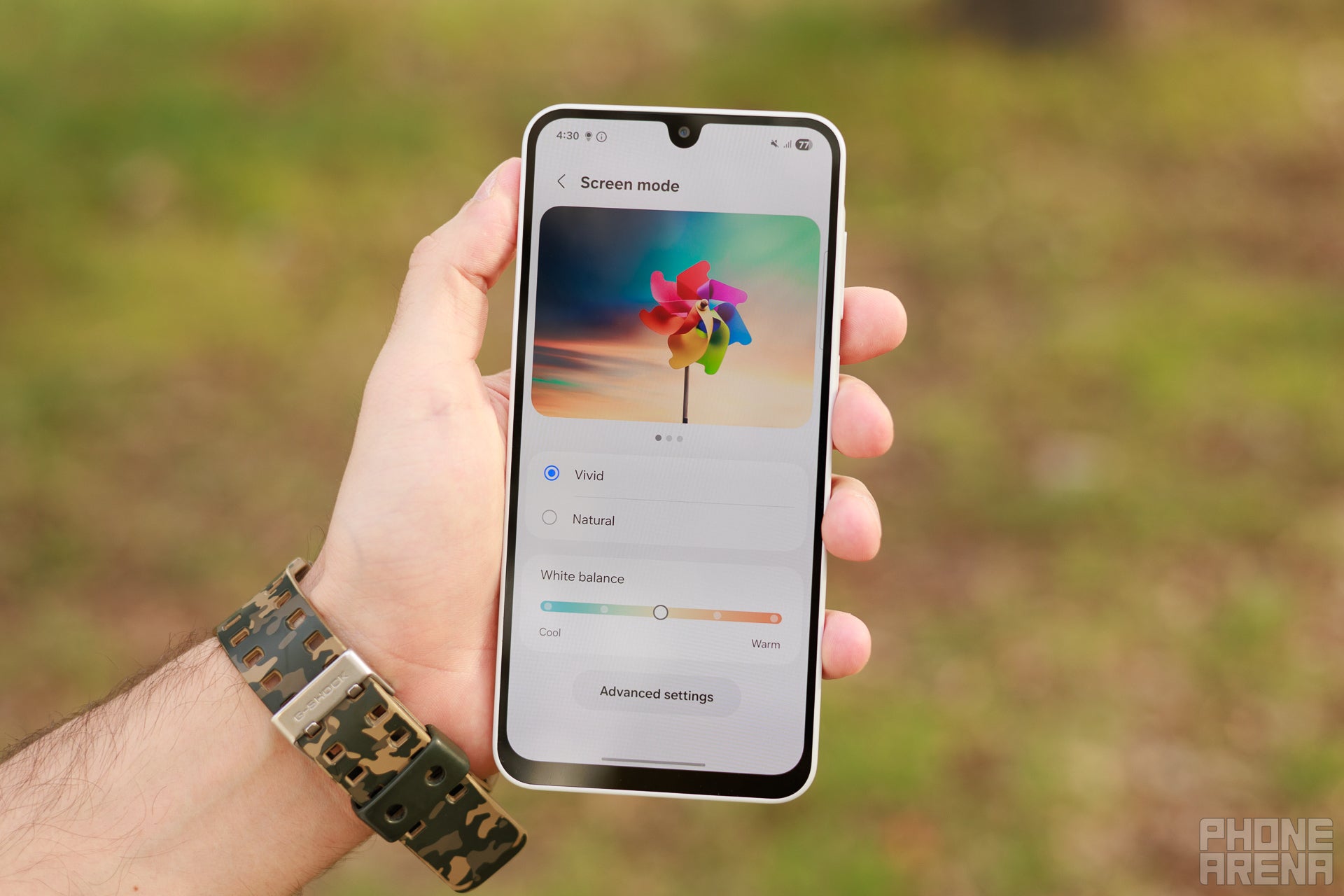
The Galaxy A26 comes with a nice 120Hz AMOLED display | Image by PhoneArena
The display of the Galaxy A26 has grown a bit to a respectable 6.7 inches diagonal. The resolution is the same as the one on the previous model—1080 x 2340 pixels. This leads to slightly lower pixel density at around 385 PPI (compared to 395 PPI on the A25).
Display Measurements:
The screen is a Super AMOLED panel with a smooth 120Hz display refresh rate, and Samsung advertises 1000 nits of brightness in High Brightness mode, just like was the case with the predecessor. Indeed, our tests measured around 1000 nits of brightness at 20% APL, which is a decent result.
In terms of biometrics, the Galaxy A26 relies on a side-mounted capacitive fingerprint scanner, and it works as intended.
Samsung Galaxy A26 Camera
The days of the macro camera aren't over

Three cameras on the back of the Galaxy A26, but one of them is a bit pointless | Image by PhoneArena
The camera system on the Galaxy A26 is virtually the same as the one found on its predecessor. We have one main camera using a 50MP Samsung JN1 sensor under a lens with an aperture of f/1.8 and an equivalent focal length of 27 mm.
It's not a particularly large sensor at 1/2.76", and the pixel size is also quite uninspiring at 0.64 µm, but it comes with OIS and phase detection autofocus. Further down the camera specs, we find an 8MP ultrawide, f/2.2, 120-degree field of view camera with fixed focus, and boy oh boy, a 2MP macro camera.
It's not a particularly large sensor at 1/2.76", and the pixel size is also quite uninspiring at 0.64 µm, but it comes with OIS and phase detection autofocus. Further down the camera specs, we find an 8MP ultrawide, f/2.2, 120-degree field of view camera with fixed focus, and boy oh boy, a 2MP macro camera.
Nowadays, most manufacturers have either given up on macro cameras or are offering some kind of macro mode on their ultrawide or telephoto cameras, but here we are with a dedicated macro on the Galaxy A26. Let's take a look at some samples.
You can actually get decent results from the main 50MP sensor provided there are good lighting conditions. The phone also allows you to take high-resolution 50MP images, while the default setting uses pixel binning to save 12MP photos.
The 8MP ultrawide is nothing to write home about; there's some loss of detail, and colors seem a bit washed out. The 2MP macro camera is pointless in our opinion, and it doesn't even get the job of taking macro pictures done. The 3 to 5cm focal point for the macros isn't particularly close, and the quality is also subpar.
There's a 2X crop mode from the main sensor and also 4X and 10X digital, but the results are not great. You can use the 2X mode for portraits or to frame shots differently, but in low light the loss of quality is obvious. We wouldn't recommend using 4X or 10X as the quality is really poor.
The 8MP ultrawide is nothing to write home about; there's some loss of detail, and colors seem a bit washed out. The 2MP macro camera is pointless in our opinion, and it doesn't even get the job of taking macro pictures done. The 3 to 5cm focal point for the macros isn't particularly close, and the quality is also subpar.
Overall, just like its predecessor, the Galaxy A26 comes with a decent main camera, a useable ultrawide, and a completely pointless macro.
Samsung Galaxy A26 Performance & Benchmarks
Exynos is not dead!

The new Exynos 1380 actually performs quite well, especially against similarly priced phones | Image by PhoneArena
We can't be too picky about the hardware inside a $299 phone, so we go easy on the Exynos 1380 inside the Galaxy A26. It's a small step up from the previous model, which, in all fairness, wasn't slow by any means.
The new 1380 chipset uses a slightly different core configuration than its predecessor, with 4 x 2.4 GHz Cortex-A78 & 4 x 2.0 GHz Cortex-A55 units. That's two more performance cores compared to the 1280.
The synthetic benchmarks show that this was the right decision—the Galaxy A26 manages to outperform not only its predecessor but also almost all other phones in the $300 price bracket. In normal day-to-day use, the phone feels fast enough, although there's some stutter and lag when you cold-wake the phone or launch an app for the first time.
The RAM onboard starts at 6GB, and you can get 8GB if you choose so or opt for a model with more onboard storage. There's your base variant that starts with 6GB of RAM and 128GB of memory; then there's one version with 8GB of RAM sporting the same storage; and finally, you can go all out and get the 8GB/256GB model.
What's interesting is that the Galaxy A26 features a microSD card slot, something that modern flagships gave up on a long time ago. So, if you want to save some money, you can go for the 8/128GB version and stick a microSD card inside to expand the onboard storage.
The RAM onboard starts at 6GB, and you can get 8GB if you choose so or opt for a model with more onboard storage. There's your base variant that starts with 6GB of RAM and 128GB of memory; then there's one version with 8GB of RAM sporting the same storage; and finally, you can go all out and get the 8GB/256GB model.
What's interesting is that the Galaxy A26 features a microSD card slot, something that modern flagships gave up on a long time ago. So, if you want to save some money, you can go for the 8/128GB version and stick a microSD card inside to expand the onboard storage.
Samsung Galaxy A26 Software
Awesome Intelligence for everyone!
Here lies one of the big selling points of the Galaxy A26. With the latest A-series devices, Samsung announced the trimmed-down version of its Galaxy AI suite, called Awesome Intelligence. Whether or not this is a tease toward Apple's own Apple Intelligence is not important. The important thing is that people will be able to experience the core AI features without the need to dish out thousands of dollars on a flagship.
The core AI features that come with Awesome Intelligence on the Galaxy A26 include Google's Circle to Search, Object Eraser, and Filters. The first one is a well-known entity and offers contextual visual search, powered by AI algorithms.
Object Eraser is also pretty self-explanatory; you mark an object or a person inside a phone, and the algorithms make it disappear. Filters can extract a color style from a photo you like and apply it to another picture. This sounds pretty neat on paper, but as you can see in the examples above, your mileage may vary.
Samsung Galaxy A26 Battery
Not as efficient as the competition
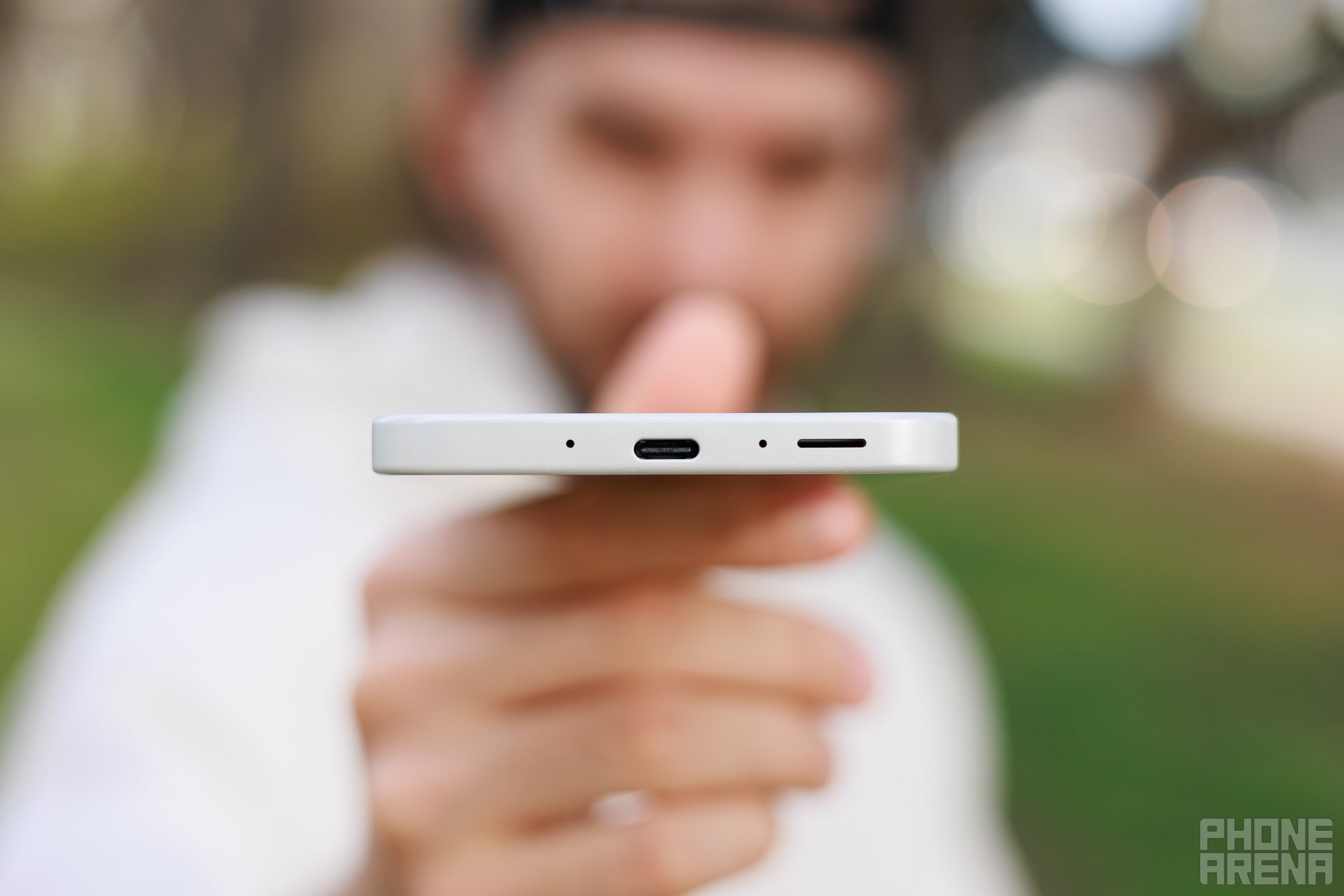
5000 mAh of capacity with rather slow 25W wired charging | Image by PhoneArena
There's a 5,000 mAh battery cell inside the Galaxy A26, the same size as the one found on the A25. It's a conventional lithium-ion battery, no fancy silicon-carbon tech onboard, but given the midrange chipset, it should provide more than adequate battery life.
PhoneArena Battery Test Results:
The Galaxy A25 was able to achieve a composite battery score of 5 hours and 44 minutes, but the new chipset and the bigger screen have taken a toll on the battery life of the A26. Not that it's bad but compared to its predecessor and also other 5,000 mAh phones in the same price range, the Galaxy A26 doesn't impress.
When it comes to charging, things remain pretty slow on the A-series front. The Galaxy A26 supports 25W wired charging, and there are no wireless charging coils anywhere to be found.
Should you buy it?
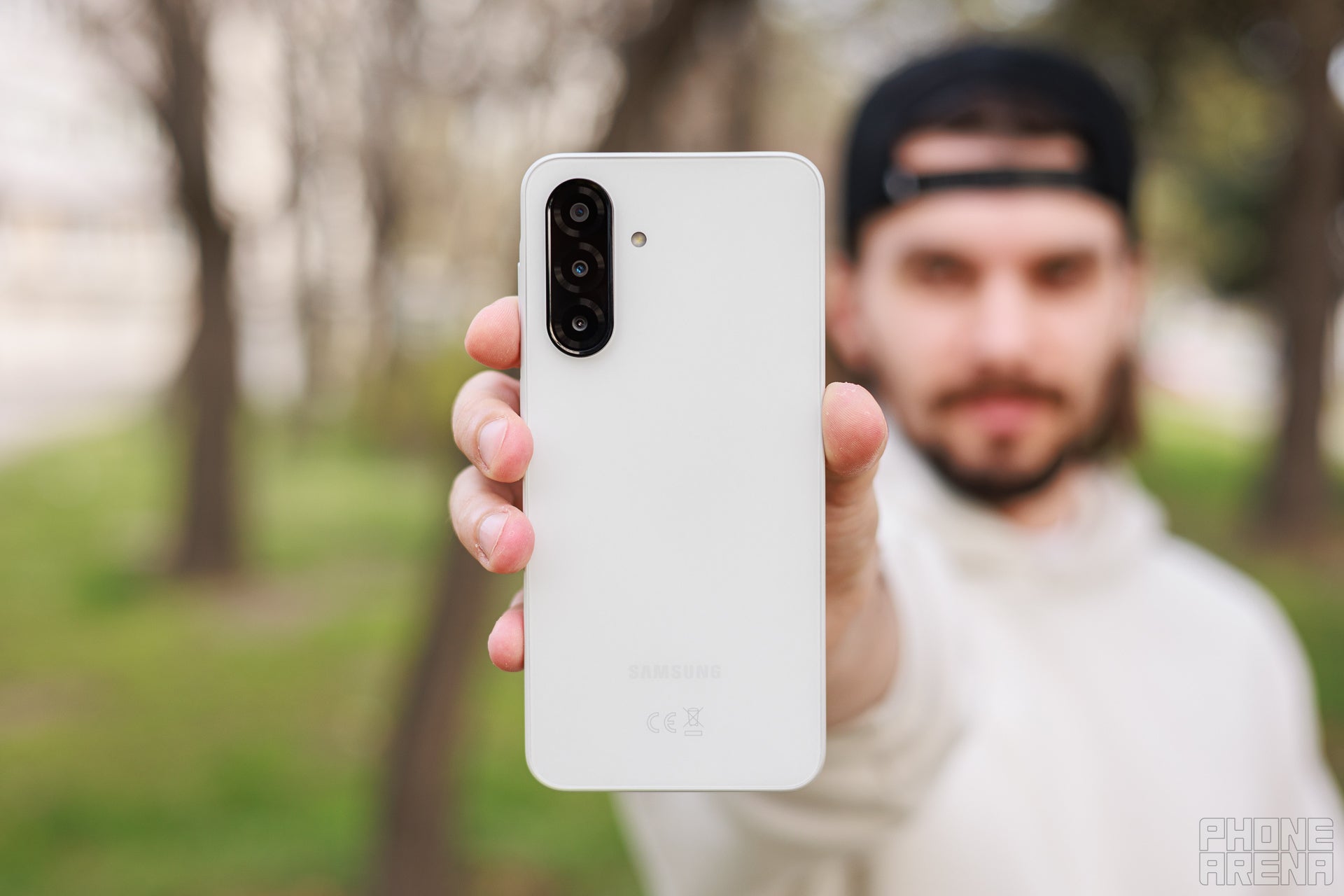
The Galaxy A26 is your gateway to Samsung's Awesome Intelligence | Image by PhoneArena
The Galaxy A26 is a great budget offering. For just $299 you're getting a big 6.7-inch AMOLED screen with a 120Hz refresh rate (we're looking at you, Apple!), a solid 5,000 mAh battery, one decent main camera, and access to Samsung's core AI suite called Awesome Intelligence.
The design of the Galaxy A26 is also quite pleasing, and there's Gorilla Glass Victus+ on the front AND back, plus IP67 ingress protection. You can get a smooth day-to-day performance out of the Exynos 1380, and thanks to the microSD slot, storage won't be an issue.
Last but not least, the Galaxy A26 comes with six years of major OS updates, which makes it the only phone in the sub-$300 range to offer such long software support.
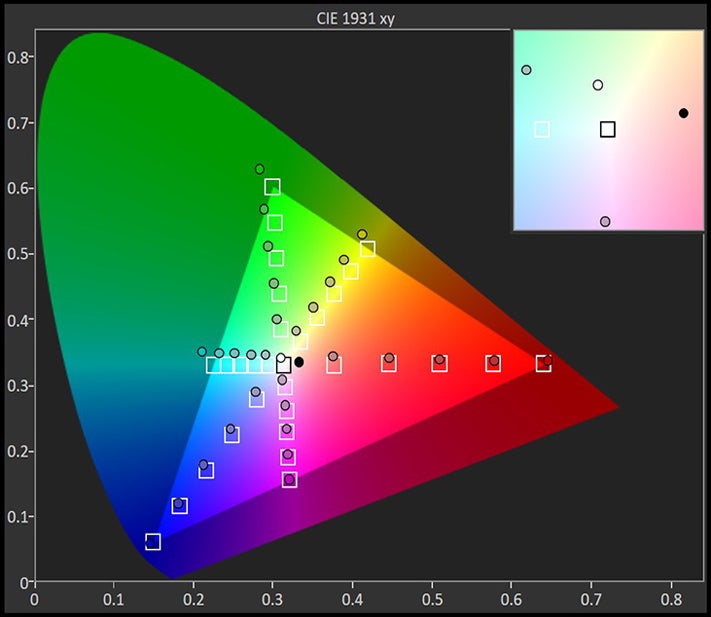











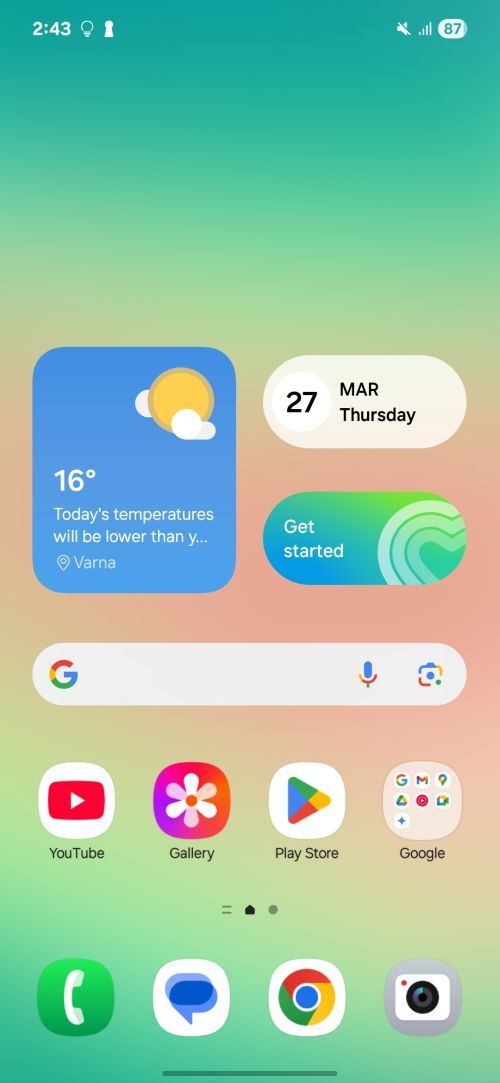
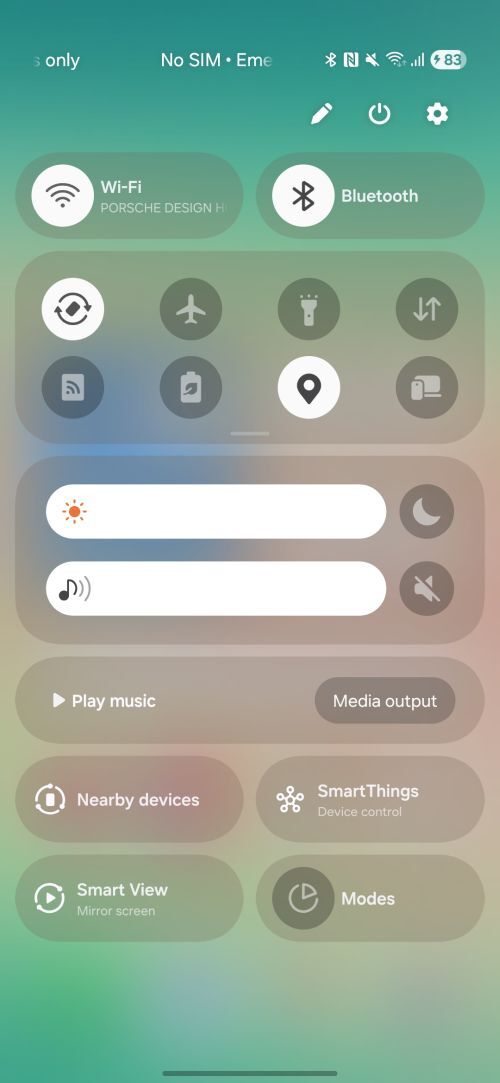
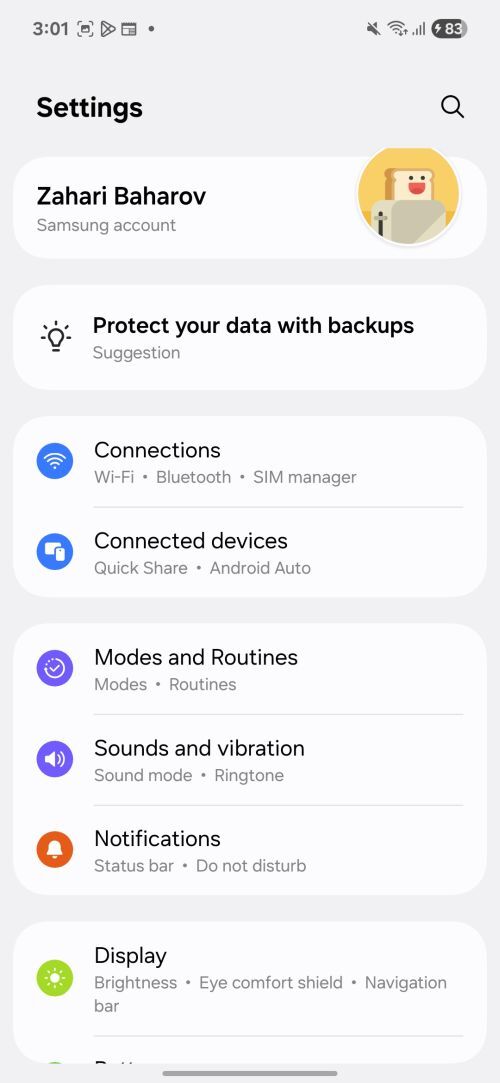
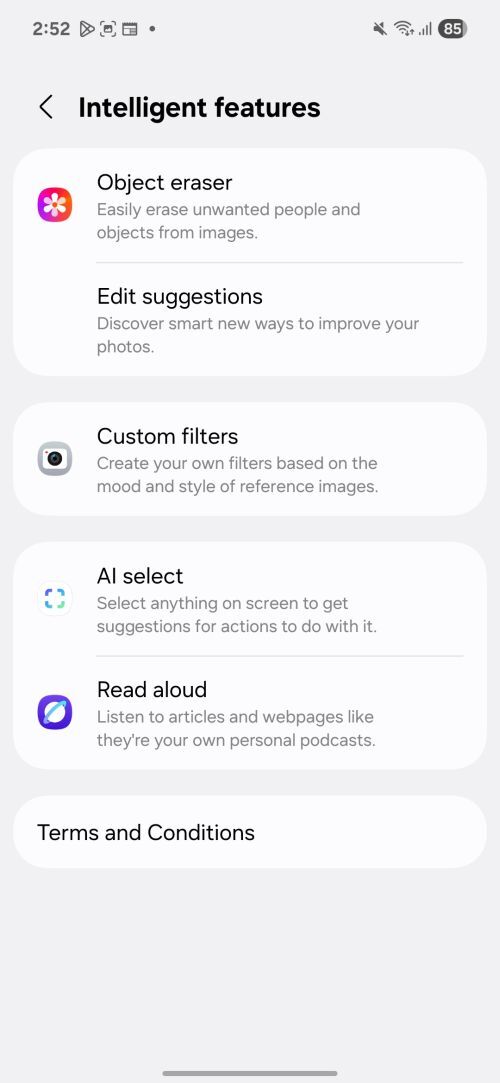
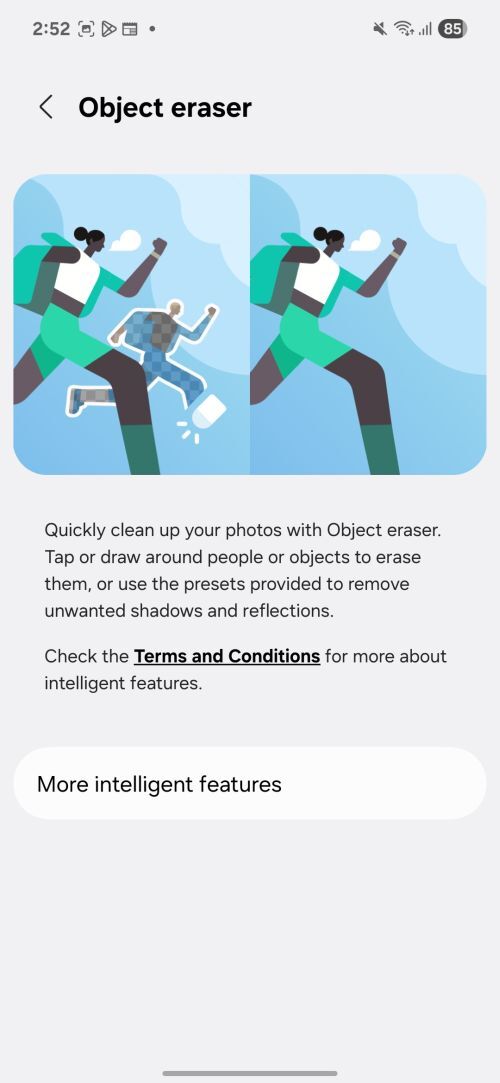
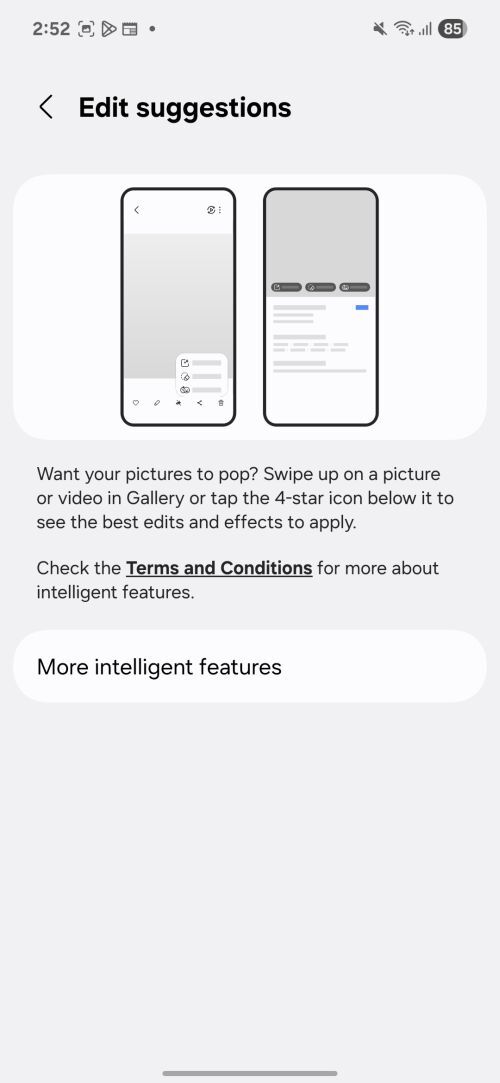
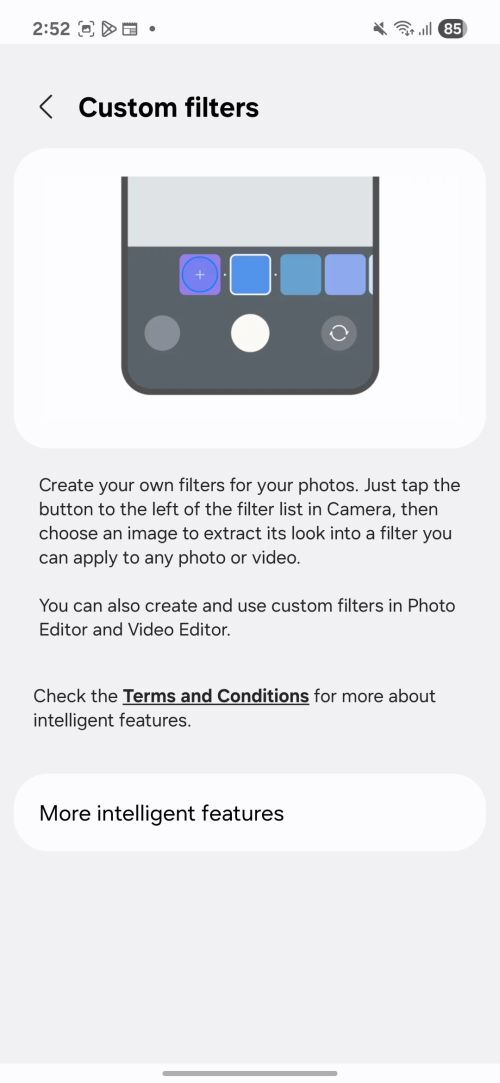




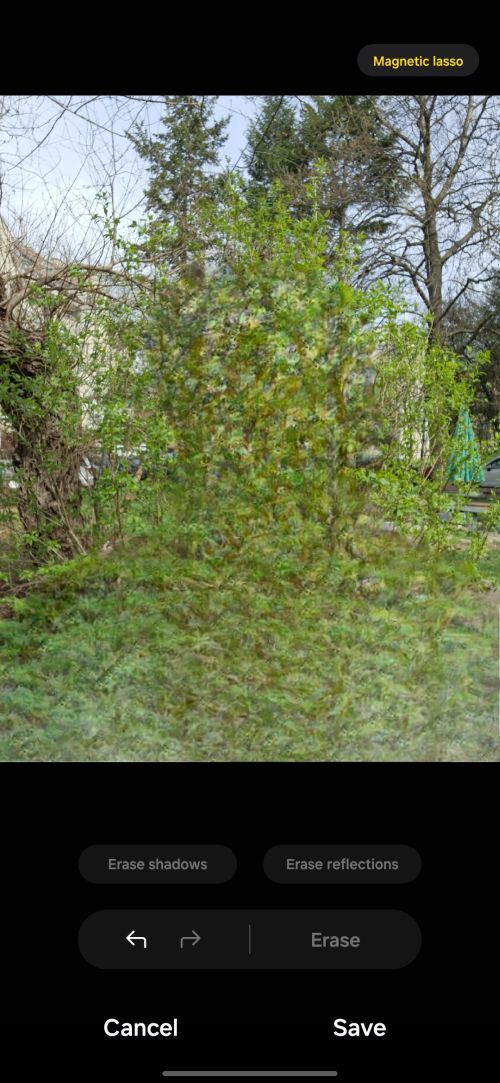
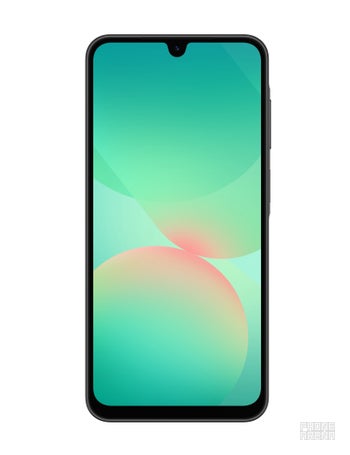







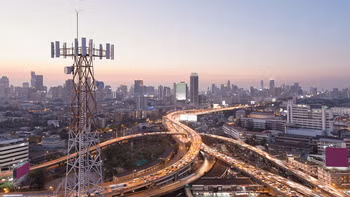

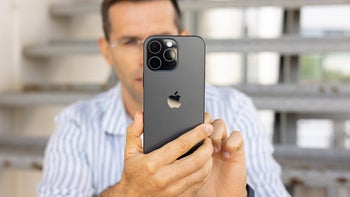




Things that are NOT allowed: